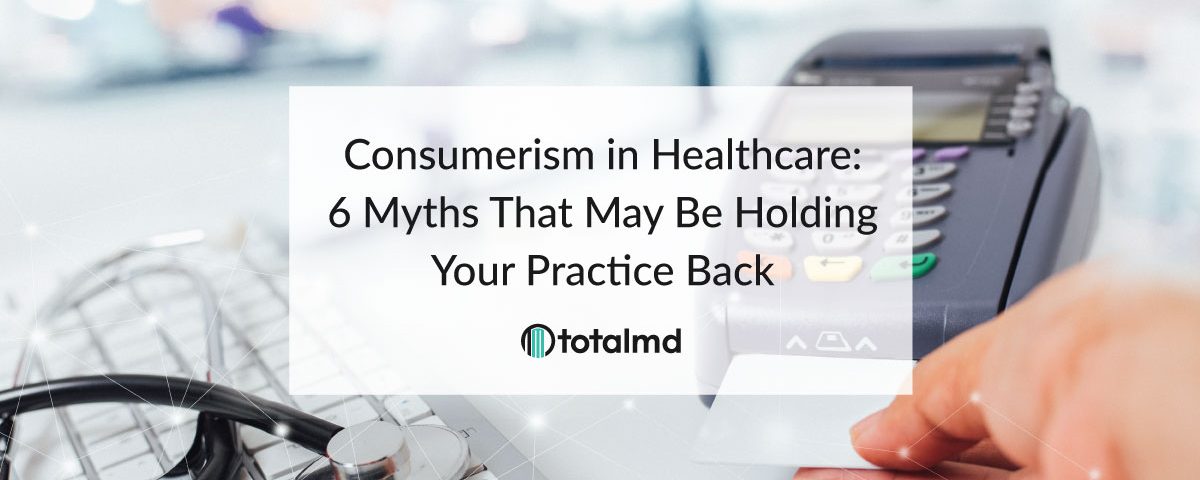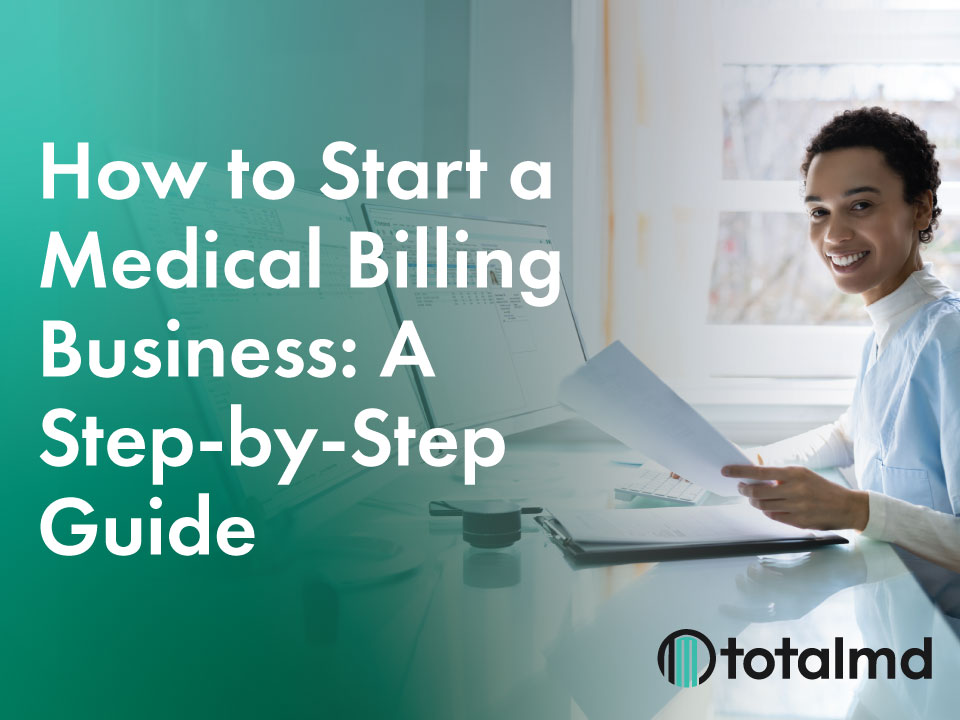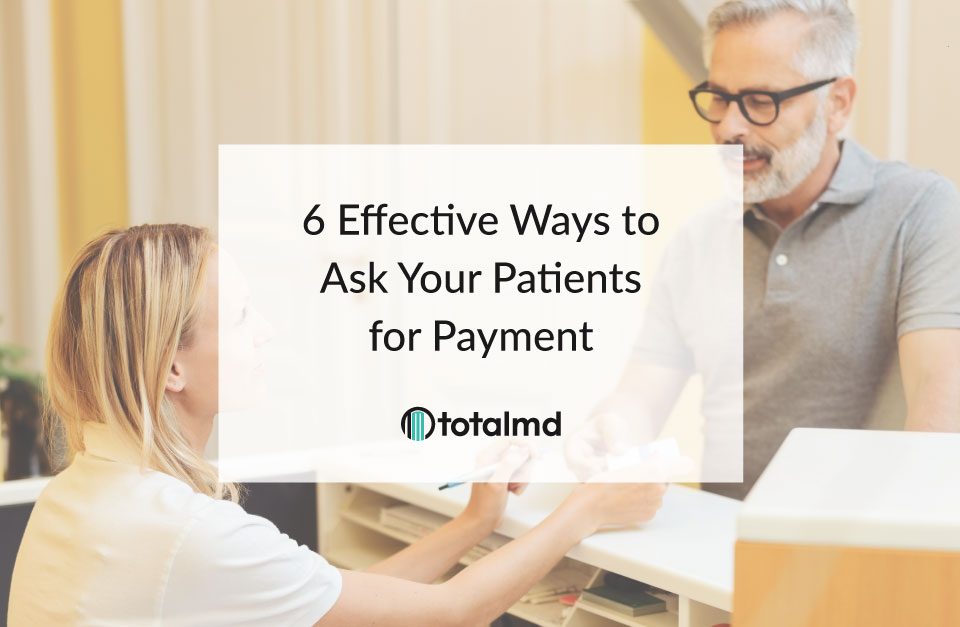Consumerism in Healthcare: 6 Myths That May Be Holding Your Practice Back

For more than a decade, consumerism has been on the rise in the healthcare industry. As it becomes easier for patients to research not only their symptoms and illnesses but also the providers and healthcare facilities, patients are demanding more from their healthcare. Rising deductibles and copays as well as increased transparency regarding provider performance and costs are encouraging patients to become more involved in their own healthcare decisions. Therefore, providers and facilities are going to have to step up their game to acquire and retain their patients.
More often in the past years, satisfaction surveys have begun to be conducted with patients to determine their level of satisfaction with their healthcare and the outcomes of such care. There are some interesting outcomes from these studies.
There are several myths about healthcare consumerism based on the results of these studies.
Myth – Healthcare is not the same as other industries. It is not true that patients do not bring the same expectations regarding the customer experience to their healthcare that they have regarding retail or technical companies. Research shows that consumers want the same qualities in healthcare that they want from other companies, such as:
- Great customer service
- Delivering on the customer/patient expectation
- Making their lives easier
- Great value
Top performers such as Apple and Amazon can be watched to see what kind of customer service current consumers are wanting to find. Just performing better than the next provider or facility is not going to be enough anymore. Today’s providers and facilities must find a way to offer top-level customer service along with world-class healthcare in order to retain their patients.
Myth – Consumers know what drives their healthcare decisions and what they want from a healthcare provider. Research shows that there is a huge disconnect between what healthcare consumers believe matters to them most when making healthcare decisions and what actually influences their decisions most strongly. It seems that patients overstate tangible factors such as parking versus emotional factors such as empathy. It appears that patient decisions are made on a more abstract basis than industries other than healthcare.
Myth – Healthcare consumers make fact-based choices after doing research regarding their healthcare decisions. Several different studies indicate that many, if not most, healthcare consumers are not making research-based decisions regarding their care. Many consumers do not research the costs they will incur by seeing a particular provider nor do they “comparison shop” to find the best value for their investment. Most are not even aware of the key factors they should be considering when making these decisions. Of those that did research the costs, most spoke to a representative of either the provider’s office or the insurance company rather than going to a website to find their answers. More than half made their decisions based on their provider’s recommendations.
Myth – Premium costs are the number one consideration of healthcare consumers. Premium price is a consideration, however, during the 2016 open enrollment period on the marketplace, a sizeable percentage of the healthcare consumers did not choose the least expensive option open to them. The consumers were interested in higher priced plans as they included such add-ons as pharmacy coverage and alternative medicine (acupuncture and chiropractic care). In a Medicare study, almost 50% of the respondents would have chosen a $50 monthly premium over a $0 premium if it lowered their deductible or if it added ancillary products, particularly prescription drug coverage.
Myth – Most consumers have a Primary Care Provider (PCP) and are not likely to change providers. The numbers on a patient having a PCP are very age sensitive. Respondents over 65 are 96% likely to have one as opposed to 65% of the 18 to 34 age group. It is also income sensitive where the income bracket of >$100,000 is more likely to have a PCP. PCP usage is also linked to chronic medical conditions. Of those patients with one or more chronic condition, about 90% have a PCP.
Considering only the respondents with a PCP, 66% stated they would not change providers unless they or the provider moved. 57% of these stated they would switch if the doctor dropped from their health plan. The willingness to switch seems to be tied to the length of time the patient and provider had been together. 72% of the group willing to switch had been with their provider less than two years.
Myth – Only the young use technology to manage their healthcare needs. Not surprisingly, millennials are very likely to use technology to manage their healthcare. However, even those over 60 are reporting use of patient portals to make appointments and to communicate with their provider.
In other research, it was determined that quality and ease of service are critical in keeping the healthcare consumer satisfied. The use of a patient portal such as TotalMD’s Communicator is crucial in maintaining patients and garnering new patients. The ability for the patient to be able to receive reminders via email, text, and voicemail message, as well as being able to communicate with their provider via these means could make a big difference in the numbers for your practice. The three factors that are addressed by this solution are the ability to partner with the provider, use of online resources and using technology effectively.
By use of technology, the provider can meet the consumer’s need to partner with them rather than the patient being passive in the decision-making process. Thirty-four percent of recent study respondents felt the provider should encourage patients to research and be involved with the treatment process. Fifty-eight percent want providers to explain treatment costs and options to them prior to any decisions being made.
Consumers are used to having all of the information they need at their fingertips and don’t feel that healthcare should be any different. By adding TotalMD’s Kiosk to your practice, patients will be able to access information that will allow them to register online and be ready to see your provider prior to the patient even making it to the office. Between Kiosk and Communicator, your patient will be fully connected to your practice, enabling them to quickly and easily access their provider.
Another area of technology that continues to grow is the medical app on client’s smart phones. If a patient is up to date on current phone apps, they can track anything from diabetes, weight, exercise to migraine frequency via an app. Depending on your specialty, it might be a good idea to have an idea of phone apps that would be helpful for your patient base. Usage of these apps is said to have impact on the user’s behavior, according to the users in a recent study.
Although patients have come to expect an excellent customer experience and instant access to their information, the disconnect between the various branches of medicine (provider, payer, insurance company, etc.) is a significant inconvenience to the typical consumer. Therefore, we are seeing the emergence of the “super providers” who have their own insurance companies, own facilities, and own provider networks, enabling them to be a one-stop shop for the consumer. In order for the small provider to keep up, technology is key. The advantages of a small provider being more personable and remembering the patient from one visit to the next are sometimes lost with the inconveniences that go with that. One easy solution that is government mandated at times, is e-prescribing. If the patient only has to go to the pharmacy once to pick up the prescription, not having to go and drop it off, they will be happier consumers. TotalMD’s partnership with Dr. First allows us to offer Rcopia, which is an easy way to e-scribe and keep your patients happy.
Bottom-line is that the patient must now be considered a consumer, just as in any other endeavor today. The provider must strive to provide personalization along with automation of services to keep the patient coming back. TotalMD is the right partner for both small and even for larger group provider’s offices to automate everything from the scheduling to the billing to the provider’s notes and keep all of this integrated. If you are interested in a demonstration of our product, please give us a call at 800-613-7597 option 1.
References
ADVANCE Staff. (2016, April 26, 2016). The Consumerization of Healthcare. Elite Healthcare. Retrieved from https://www.elitecme.com/resource-center/health-information-professionals/the-consumerization-of-healthcare/
Cordina, J., Kumar, R., & Moss, C. (2015, December 1 2015). Debunking common myths about healthcare consumerism. McKinsey & Company. Retrieved from https://www.mckinsey.com/industries/healthcare-systems-and-services/our-insights/debunking-common-myths-about-healthcare-consumerism#
Freeman, G. A. (2016, April 4 2016). HOW REAL IS HEALTHCARE CONSUMERISM? Health Leader. Retrieved from https://www.healthleadersmedia.com/strategy/how-real-healthcare-consumerism
Lovitt, L. (2019, February 15, 219). The consumerization of healthcare: the good, the bad, the baffling. MobiHealthNews. Retrieved from https://www.mobihealthnews.com/content/consumerization-healthcare-good-bad-baffling



